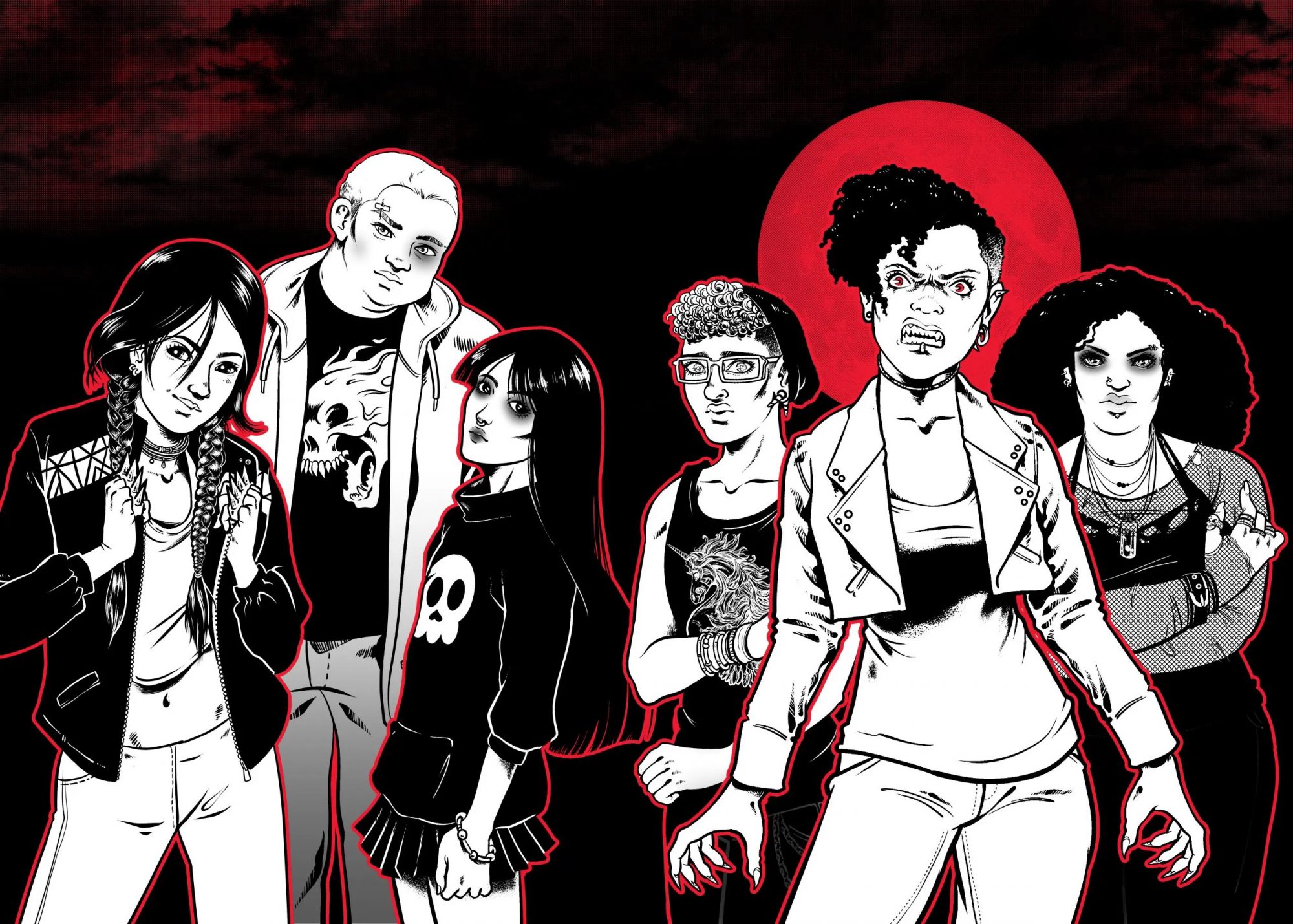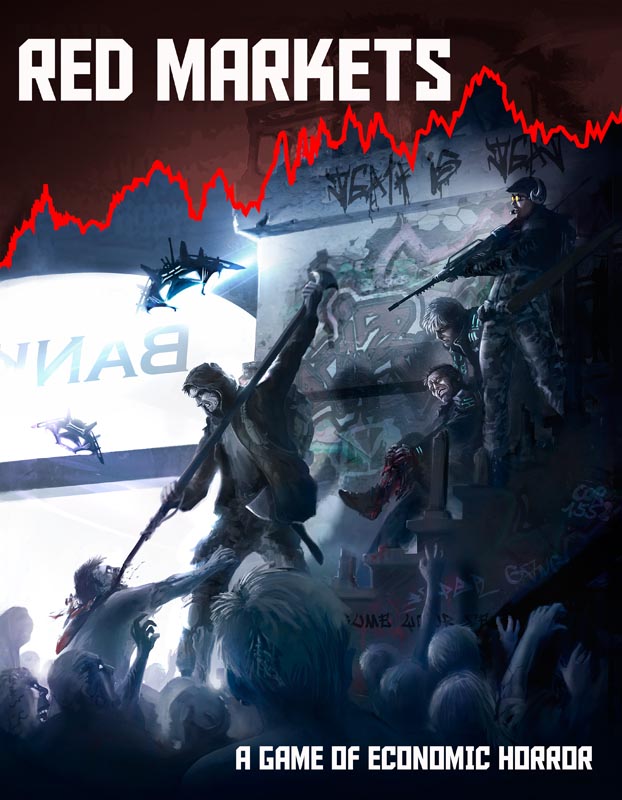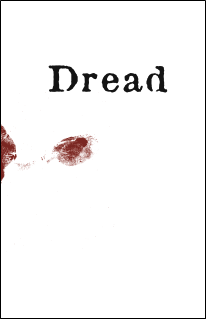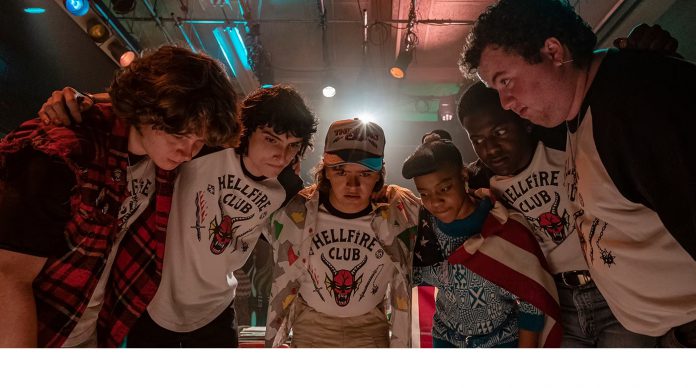Earlier this week we introduced you to a few board games to get you in the October mood. Today we’re back to add some RPGs to the mix!
Monsterhearts 2

Powered by the Apocalypse
Get your spooky fix with a side of teen angst! Monsterhearts is a “teen monsters in love” style game—think Sabrina, The Craft, Ginger Snaps, or Riverdale—great for one-shots or longer campaigns. If you’re familiar with PbtA, this system takes few liberties with mechanics. If not, it’ll still be a quick and fun learning process as you lean into the dual high school and supernatural drama. How will you hide your monstrous side as it comes out in your personality and affects your relationships with players and NPCs alike?
The teen characters (which can, of course, be played as adults too) reflect elements of mythology onto human behavior. For example, “The Ghost” feels unseen and takes on other’s pain as a therapist friend. “The Queen” is Regina George with superpowers, telepathically controlling her clique. “The Werewolf” can barely control their anger issues, both as a human and a wolf. There’s a Skin for every trope of teenage life, not to mention tons of homemade options available online.
Red Markets

The zombie apocalypse may be well-tread ground by this point, but Red Markets does something that so many other horror role-playing games fail to do—scare the crap out of you! You see, the game has the sort of slow, shambling zombie that defines the trope, referred to as “Casualties.” But it also has the fast variety of zombie popularized by films like 28 Days Later, referred to as “Vectors.” And while Casualties are often simply an obstacle to be overcome, Vectors are straight up terrifying. Given the potential lethality of the (very sleek and simple) rule system, if things go poorly an encounter with a single Vector has the potential to be a TPK situation.
And this is all before you get to the co-called “Aberrants,” which are frightening in that they don’t seem to follow the accepted parameters for how The Blight (the game’s fictional zombie disease) works. The game pairs both fear for your character’s life and fear of unknown danger extremely well, and combines it with a well-honed existential dread where there’s just not enough resources to go around.
Characters exist in the zombie-infested wastelands, harvesting resources and artifacts to sell to those living large in the safety of the protect human enclaves. Doing anything involves risk utilizing a profits-and-loss dice system, and everything costs dearly scrounged resources. [Yes, just like in real life the real horror is Capitalism.] Even avoiding dangerous situations risks your very humanity.
If you want a gaming experience that can put you on the edge of your seat and absolutely hanging on the outcome of a die roll, Red Markets delivers.
Dread

Dread is a very unique game and very much straddles the line on what an RPG can be. There are no character sheets and no numbers. There aren’t even any dice, just a Jenga tower in the middle of the table that acts as a constant imposing reminder of your player’s mortality.
The basic thrust of Dread is very simple. The game starts with a Jenga tower in the center and any time a player character takes an action, that player pulls out a block from the tower. More difficult actions might require additional pulls, and if the tower falls the player is removed from the game (most likely killed).
As stated above, there are no character sheets in Dread. Players fill out questionnaires supplied by the DM to help them form a character, and if it makes sense that a certain character attempting a certain task might have an easier time then it may require fewer pulls or even none at all. So an accomplished hiker may be able to climb the side of a cliff with only 1 block while others require 2 or 3, or a notably weak character might need more.
Since the rules on Dread are very open, it makes the game as flexible as possible for any type of horror game. For dedicated horror aficionados you can do a hardcore slasher film or a zombie apocalypse with gruesome deaths or for those looking for a tamer experience, something out of Goosebumps and “death” only means the characters run away.
Some of the quirks of the system may seem a bit odd, like not requiring players to pull (and they cannot die if they don’t) and the insistence on PvP being a bad thing, but because the core mechanic is so simple you can adjust these to your group’s taste.
Dread is fantastic at not only letting you create a horror game with an overwhelming atmosphere of fear, but as the tower begins to wobble more and more, the players themselves will sweat as much as their PCs.


